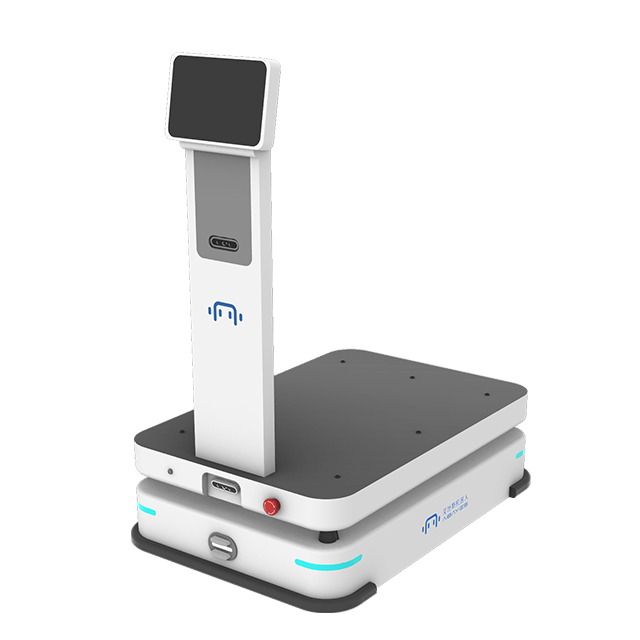Applications:BUDDY
The integration of robotics and artificial intelligence has brought about revolutionary changes in various industries. One such field that has witnessed significant advancements is the museum sector, where guiding robots are being employed to enhance the knowledge-sharing experience for visitors.
Pain points in the scenario:
- Human Resource Limitations
- Language Barriers
- Pour Visitor Engagement
Primary Competitive Advantage:
- 24/7 Availability: Unlike human guides, robots can work around the clock, accommodating the needs of visitors at any time and ensuring no one misses out on valuable information.
- Multilingual Support: Guiding robots can be equipped with advanced language translation capabilities, enabling seamless communication with international visitors in their native languages.
- Consistent and Accurate Information: Robots are programmed to deliver consistent and accurate information, reducing the risk of misinterpretations and enhancing the overall educational experience.
- Interactive Learning: By utilizing interactive features such as quizzes and games, guiding robots can stimulate visitor engagement and facilitate a more immersive learning environment.
- Personalized Experience: Through facial recognitionand visitor profiling, the robots can tailor their explanations to cater to individual interests and preferences.
Solution introduction:
To ensure the successful implementation of guiding robots in museums, a systematic operation plan should be put in place:
- Robot Deployment: Strategically position the robots in key locations throughout the museum to efficiently guide visitors along designated routes.
- User-Friendly Interface: Develop an intuitive interface for users to interact with the robot, encouraging them to ask questions and actively engage in the learning process.
- Continuous Improvement: Regularly update the robot’s knowledge base and software to keep up with new exhibits and visitor feedback, ensuring a continuously improving guided tour experience.
- Data Collection: Utilize data collected from visitor interactions to analyze preferences, identify pain points, and optimize the robot’s performance and content delivery.
The integration of guiding robots as knowledge-based tour guides in museums revolutionizes the way visitors interact with exhibits. By addressing the pain points of traditional guided tours, capitalizing on core advantages such as multilingual support, consistency, and personalization, and implementing a systematic operation plan, museums can provide an enriched and engaging experience for visitors from around the world. The symbiotic relationship between technology and culture is sure to shape the future of museums, fostering a deeper understanding and appreciation of our shared history and heritage.
If you would like to learn more about our robotic products and solutions, please feel free to leave a message or call us for consultation. Email is global@bysbot.com. Also you can add our WhatsApp +86 181 1289 9721.






